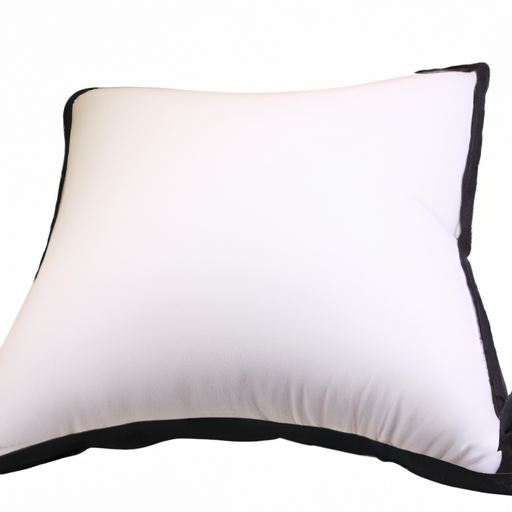Meditation can be a great way to clear the mind, find inner peace, and reduce stress and anxiety. While the sensations of meditation vary, a proper posture while seated in meditation is essential. One way to ensure a comfortable and supportive posture is to sit on a meditation pillow.
What are the Benefits of Sitting on a Meditation Pillow?
Essentially, a meditation pillow helps to promote an ergonomic sitting position. By creating a gentle lift of your pelvis, this type of pillow provides stability and comfort for long periods of sitting. The unique shape and cushioning provide lumbar support and reduce tension on your knees, hips, and lower back. Since meditation often involves deep levels of focus, a meditation pillow can help reduce the strain on your body and prevent distraction from physical discomfort.
Preparing Your Body for Long Periods of Meditation
Before you begin your seated meditation session, it is important to make sure your body is properly prepared. Start by stretching your neck, shoulders and arms, back, and legs. This helps to open up your body, relax the muscles, and increase overall comfort. Pay special attention to any areas that tend to feel uncomfortable while in a seated posture.
Tips for Proper Posture While Sitting on a Meditation Pillow
Once your body is prepared, you can shift into the seated position. The goal should be to remain in a position like that of a king or queen sitting in state. This means having your spine upright and aligned with your hips, shoulders held back and slightly apart, and the neck tilted slightly downward. Look down at the floor just in front of your feet and allow the breath to stream in and out of your body naturally.
Adjusting Your Meditation Pillow for Comfort and Support
Another key element in achieving a comfortable and supportive posture is being mindful of the height at which you are seated. If you are seated too high, you may feel like you are straining or leaning forward; if you are too low, you may experience discomfort due to poor lumbar support. While some individuals may prefer one height over another, it is ultimately important to find what works best for you. Place your meditation pillow in such a way that your body is able to achieve the posture described above.
Taking Breaks During Long Periods of Meditation
During longer sessions of meditation, it is important to take regular breaks. This gives you a chance to re-evaluate your posture and make adjustments if needed. It also allows for any tension that has become built up during your meditation session to dissipate. Generally, it is recommended to take a minute or two break every 25 minutes.
Stretching and Relaxation Exercises to Aid in Comfort and Focus
In addition to taking breaks, some gentle stretching and relaxation exercises can help you maintain comfort and focus during your session. Do some shoulder shrugs, neck rolls, or circular arm movements. Practice wide leg stretches while seated or small side bends while tilting your head from side-to-side. These movements should be done slowly and gently, as vigorous movements are not conducive to meditation.
What Kind of Pillow is Best for Long Periods of Meditation?
When looking for the best type of pillow for long periods of meditation, there are several factors you should consider. It should be firm enough for proper support, but soft enough for comfort. In addition, it needs to be high-quality and durable enough to keep its shape for many years. Some good choices are buckwheat pillows, crescent-shaped pillows, and triangular pillows.
Choosing the Right Cushion for Support and Comfort
The cushion that you choose is also important because it should help ensure proper alignment of your spine during meditation. Look for cushions that are made out of muslin, cotton or silk fabric that provides the right amount of softness, thickness and firmness. Padding might be needed if the pillow is too hard or too soft. Make sure that the cushion has enough air flow so that it doesn’t become too warm while sitting.
Finding the Right Position to Sit Comfortably on a Meditation Pillow
When sitting for long periods of meditation, making sure your body is properly positioned is essential. It should be one that allows the spine to sit naturally upright and shoulders relaxed but open. Experiment with different postures until you find one that feels comfortable for you. It might help to slightly move your hips forward or backward or shift your weight from side-to-side depending on how your body is responding.
Finding the right posture when seated on a meditation pillow can be challenging at times but with practice it will become more comfortable with use. A comfortable posture that promotes healthy body alignment can go far in helping you remain focused and present during meditation sessions.



